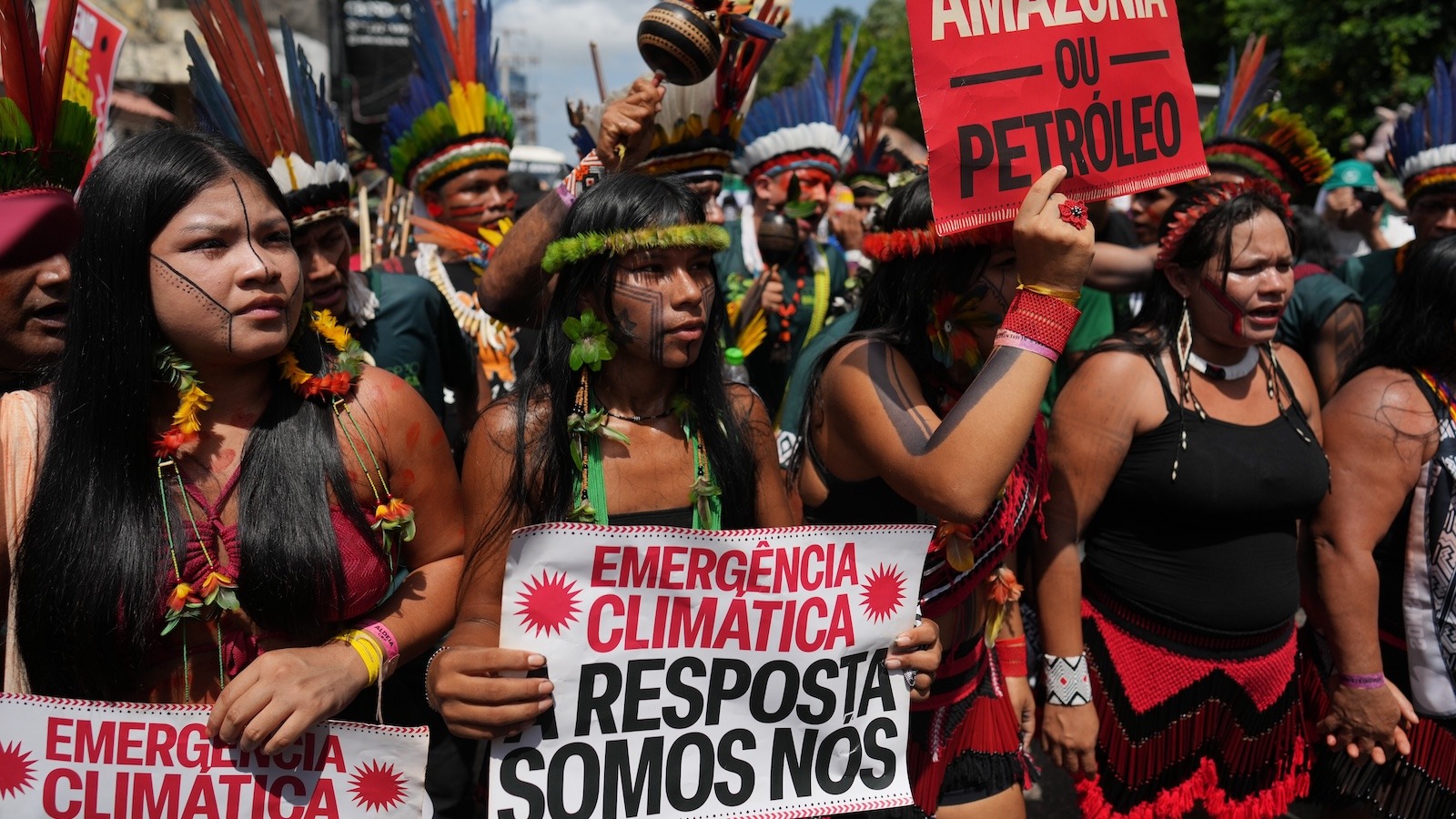In July, the Mount Rainier white-tailed ptarmigan was officially listed as threatened by the U.S. Fish and Wildlife Service (FWS) under the Endangered Species Act (ESA), 14 years after the Center for Biological Diversity first petitioned for its listing. This designation is meant to help preserve the bird, whose survival depends on the glaciers of the Cascade Mountains of Washington State and British Columbia. It also reflects the complex challenges that alpine-adapted birds face in a warming world.
With its feathered, snowshoe-like feet that allow it to walk on high mountain terrain and its seasonal plumage that provides camouflage year-round, Mount Rainier white-tailed ptarmigans are adapted to high elevation regions above the treeline. They are frequently spotted in areas with mixed rock, snow and alpine plants. Their diet consists of twigs, leaves, buds and seeds of alpine tundra vegetation that only grow in treeless, cold and dry mountainous regions that receive critical moisture from spring snowmelt and summer glacier runoff.
Warming temperatures are accelerating glacier retreat and endangering the bird’s habitat: glaciers in the North Cascades shrunk 56 percent between 1900 and 2009. Mauri Pelto, director of the North Cascade Glacier Climate Project, told GlacierHub that ptarmigans are often spotted along the Shuksan and Ptarmigan Ridges near Mount Baker. In a study, Pelto found that seven of the 13 glaciers along those ridges have disappeared since the mid-1980s. Retreating glaciers risk reduced soil water availability for tundra vegetation and long-term habitat loss associated with warming temperatures.
How an ESA Listing Protects a Species
Under the ESA, a species can be listed as either threatened or endangered. The ESA provides “fairly robust protections,” said Jessica Wentz, a senior fellow at Columbia’s Sabin Center for Climate Change Law. As a listed species, the Mount Rainier white-tailed ptarmigan is protected under the ESA in the face of both private and public sector projects. Wentz explained that public projects authorized or implemented by the federal government are required to evaluate effects of their projects on listed species. As such, federal agencies must consult the FWS to ensure that their actions are not likely to threaten the continued existence of listed species or adversely modify their designated critical habitat.
Critical habitat, Wentz says, is “habitat that’s necessary in order for the species to continue to survive and also potentially to return to previous numbers.” This determination must be based on the best available science. When a species is listed as threatened or endangered, the process of designating critical habitat begins.

Fragile Hope for the Future
Long delays for ESA listing are common. A study by Erich Eberhard from Columbia University’s Department of Ecology, Evolution and Environmental Biology finds that lack of funding allocated for ESA listing activities has been the main cause of delays. “We are very slow to give species the protections they deserve, typically waiting until they are extremely rare and thus at extreme risk of extinction,” Eberhard told GlacierHub. Taking seven times longer to be listed than the mandated two-year timeline, the Mount Rainier white-tailed ptarmigan has overcome its first challenge.
But more challenges lie ahead for the bird. For one, the FWS has found that a critical habitat designation for the Mount Rainier white-tailed ptarmigan is “not prudent” and remains “non-determinable.” This determination is being evaluated. In an interview with GlacierHub, Noah Greenwald, the endangered species director at the Center for Biological Diversity, said that they are considering contesting this decision.
“I think it’s pretty clear that [the Mount Rainier white-tailed ptarmigan is] imperiled,” Greenwald says, citing shrinking glaciers, decreasing snow cover and rising treelines. In his work, Greenwald sees critical habitat as “an opportunity to identify where the species might find refuge in a warmer world.”

The Trouble with Greenhouse Gases
Greenwald explains that there has been growing awareness about the impacts of climate change on mountain ecosystems, but he warns that “if we don’t do something about our emissions, we’re going to face some really serious consequences that affect us all.” Greenhouse gases threaten the alpine habitat and survival of the Mount Rainier white-tailed ptarmigan, but have a complicated status under the ESA.
The ESA was established before climate change was a major topic of discussion and so does not contain provisions explicitly enabling agencies to consider greenhouse gases’ effects on listed species. There has been litigation on the interpretation of ESA language and the extent to which agencies can consider greenhouse gases to be within the scope of the statute.
One challenge has been proving causal connections between the greenhouse gas emissions of particular actions and the need to list a species or designate critical habitat. Researchers like Wentz are looking at how climate attribution science, the study of what causes climate conditions, can support ESA listing and management decisions.
Wentz explains that, for projects involving fossil fuel development and significant quantities of emissions, detection attribution research can be used to “evaluate the climate change impacts that might be attributable to a given project.” After all, agencies cannot ignore attribution research on account of uncertainty or imprecision where data suggests that there is a probable threat to a species, she adds.

Indeed, for the Mount Rainier white-tailed ptarmigan and other species that depend on glaciers or alpine habitats for survival, insights on current and projected alterations attributable to climate change can play an important role in supporting ESA protections—including listing decisions and critical habitat designations. Still, it is not yet clear whether the courts will agree that the federal government should consider the effects of greenhouse gas emissions on listed species. “There is an open question,” Wentz says.
Source link
Guest news.climate.columbia.edu


